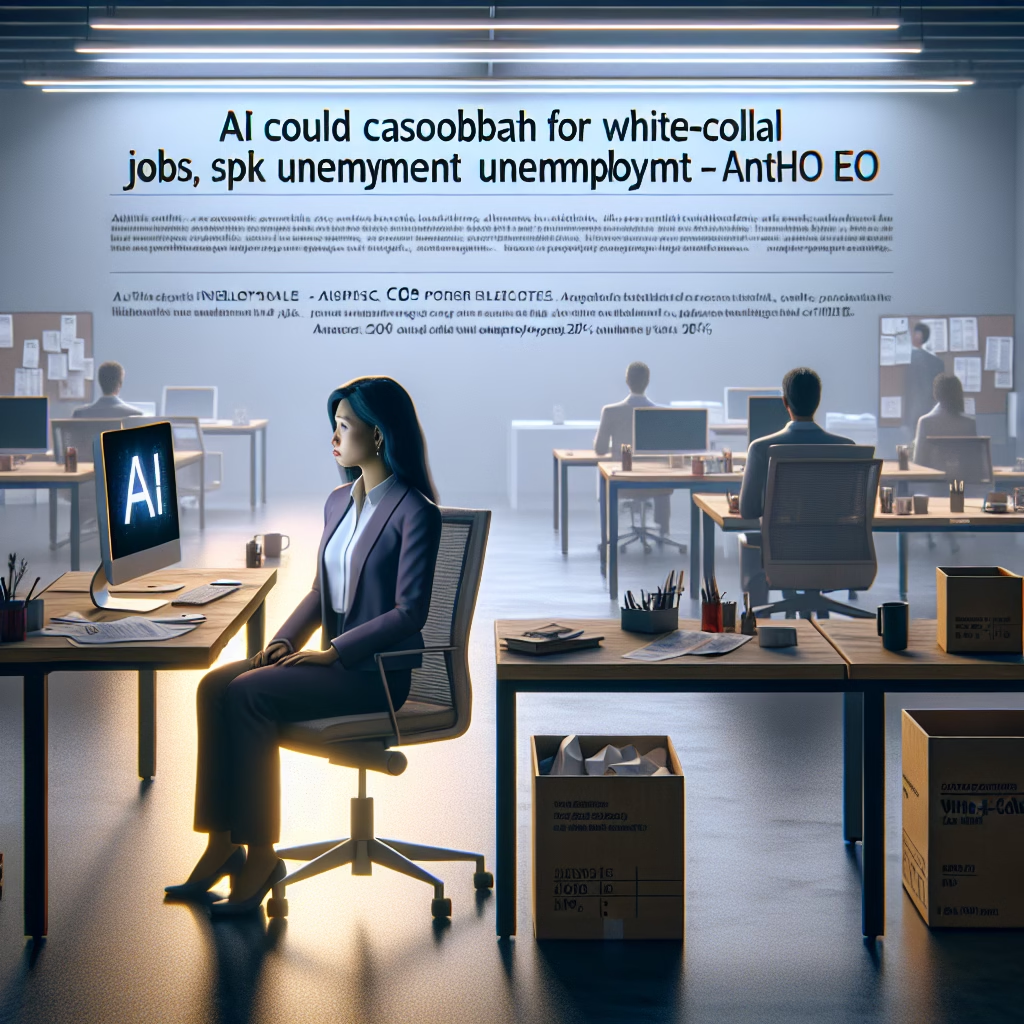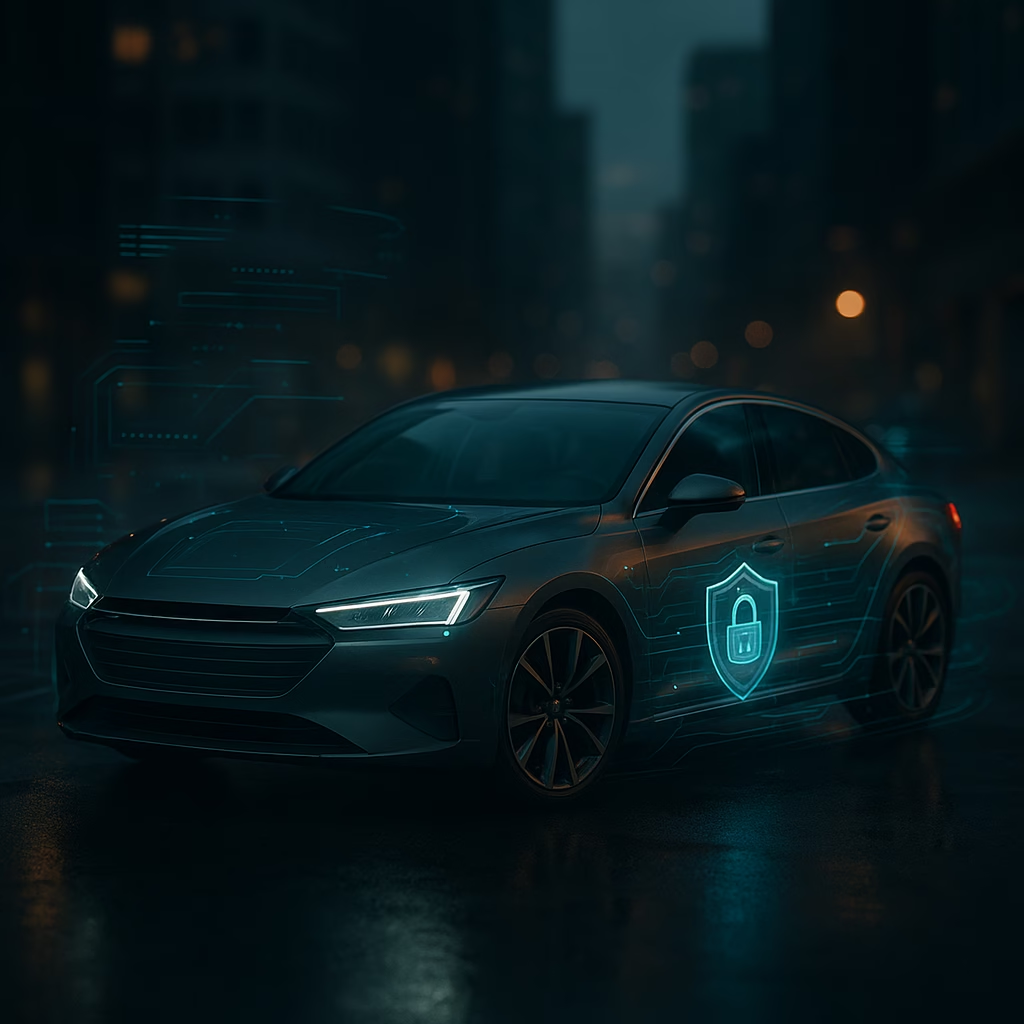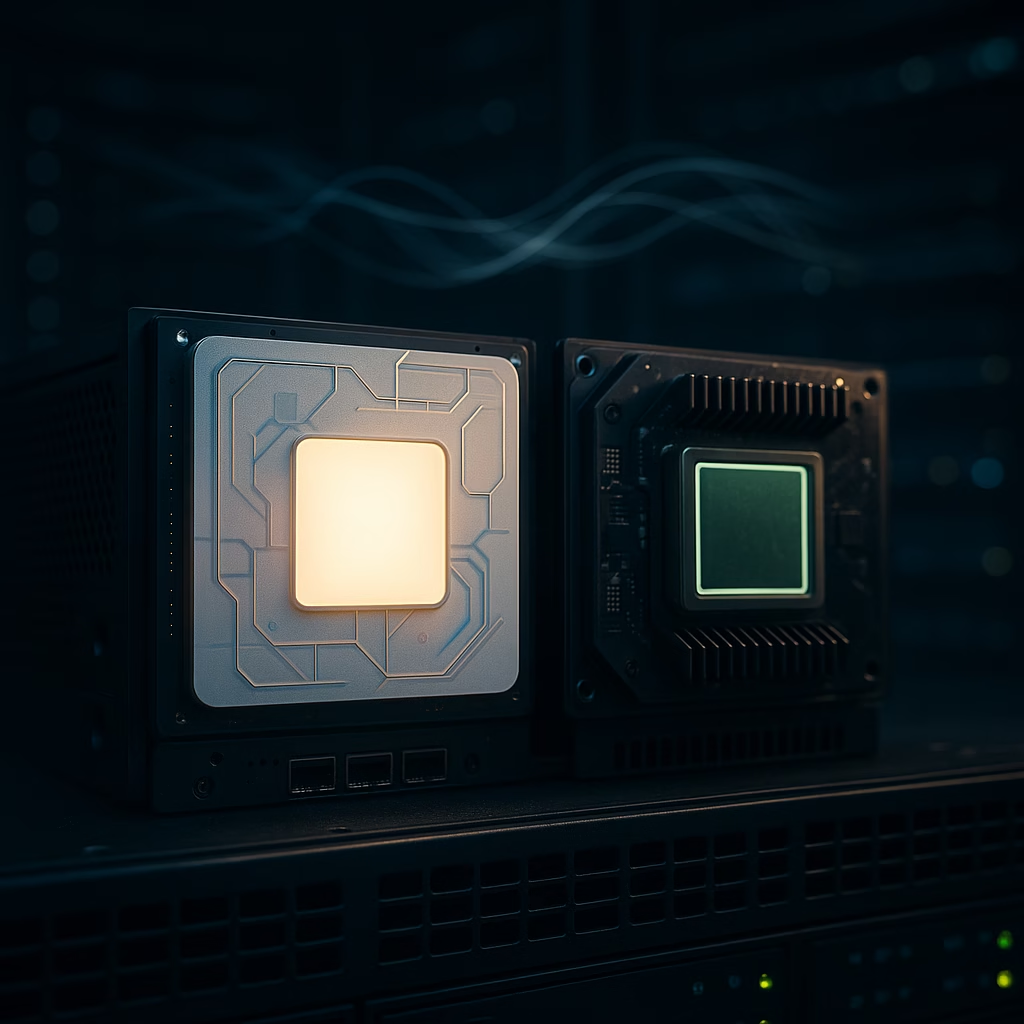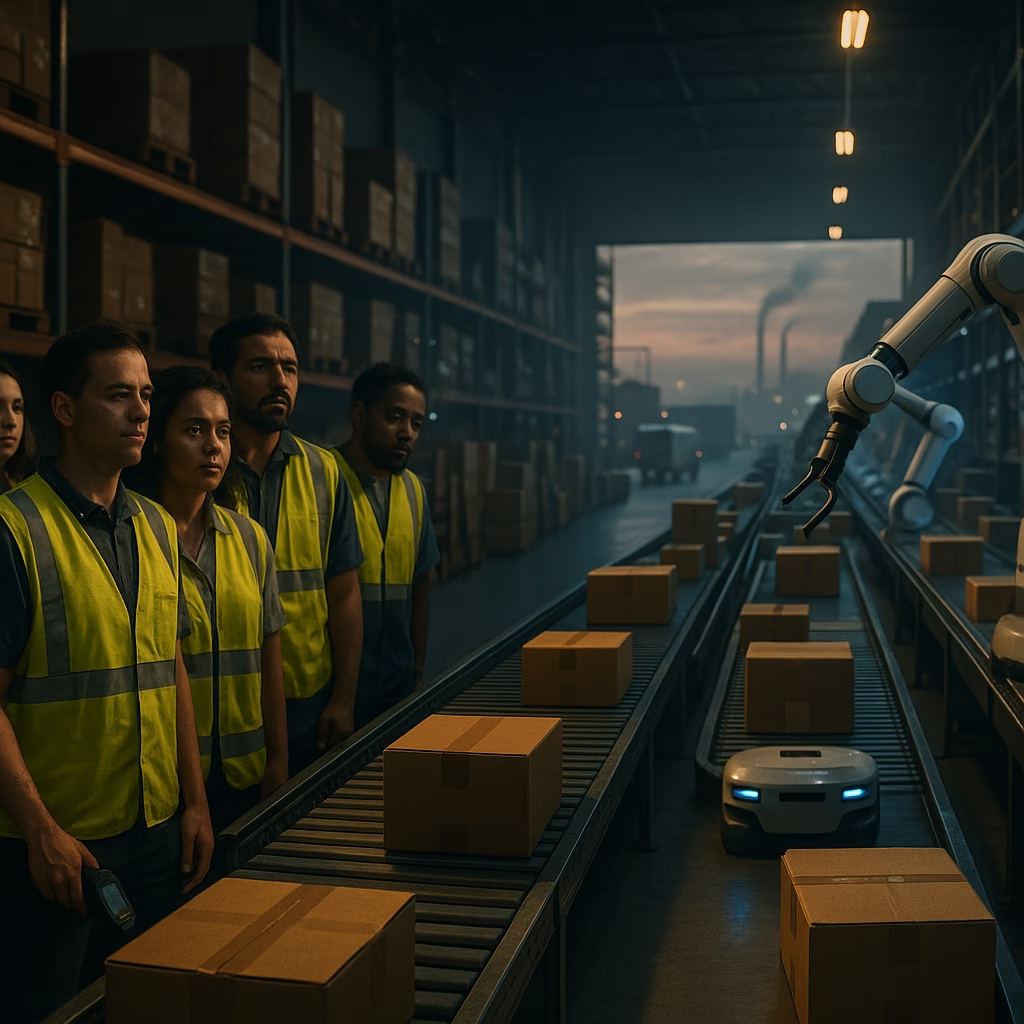AI Could Cause ‘Bloodbath’ for White Collar Jobs, Spike Unemployment to 20% — Says Anthropic CEO
The Growing Concern Over AI’s Impact on the Workforce
The rapid rise of artificial intelligence is transforming industries at lightning speed, but experts are sounding alarm bells over its potentially devastating effect on employment. Most recently, the CEO of Anthropic, a leading AI research lab, warned of a potential “bloodbath for white-collar jobs,” predicting that U.S. unemployment could spike as high as 20% if proper safeguards are not put in place.
This dire prediction adds to the ongoing debate over the long-term consequences of AI on the labor market. While some see the technology as a productivity-enhancer and job-creator, others believe it threatens to displace millions of educated workers in industries long thought to be immune to automation.
Why White-Collar Workers Are at Risk
In the past, technological advancements primarily affected blue-collar jobs—think factory automation or robotics in manufacturing. However, the latest generation of generative AI tools like ChatGPT, Claude (developed by Anthropic), and Google Gemini are now capable of performing cognitive tasks traditionally associated with white-collar roles.
Here’s why white-collar workers are now in the AI crosshairs:
- Advanced language models: AI can now write, code, summarize, and analyze data with incredible speed and minimal oversight.
- Reduction in operational costs: Businesses are rapidly adopting AI to streamline operations, increase output, and reduce human error, all while cutting costs.
- Increased productivity with fewer people: AI doesn’t need breaks, benefits, or training. As a result, companies may opt to replace employees with AI solutions.
These developments mean roles in fields such as finance, law, marketing, journalism, and even tech are no longer safe havens from automation.
The Uneven Impact Across Industries
Not every white-collar industry will be affected equally, but some sectors are particularly vulnerable.
- Legal Services: AI tools can now draft legal contracts, analyze case law, and assist in eDiscovery, reducing the need for junior lawyers and paralegals.
- Customer Service: Automated chatbots powered by large language models are quickly replacing human agents and being deployed across retail, telecom, and finance.
- Content Creation: Writers, editors, and social media managers are seeing their workflows altered dramatically due to AI-generated content.
- Accounting and Finance: AI can analyze balance sheets, process transactions, and flag anomalies faster and more accurately than human workers.
Anthropic CEO’s Warning: Prepare Before It’s Too Late
Dario Amodei, CEO and co-founder of Anthropic, shared his concerns during a recent speech and in media engagements, cautioning that AI could wreak havoc on job markets globally—unless it is developed and deployed responsibly. Anthropic, known for its ethical approach to AI design, is urging policymakers and tech leaders to anticipate the socio-economic ripple effects fast-approaching on the horizon.
Key highlights of Amodei’s warning include:
- White-collar “bloodbath”: AI could soon displace mid- and high-tier professionals en masse, eroding the middle class.
- 20% unemployment spike: Without adequate regulation and workforce adaptation strategies, the U.S. job market could face a crisis reminiscent of the Great Depression or the 2008 recession.
- Responsibility of AI companies: Amodei emphasizes the moral duty of tech firms to ensure their creations benefit society rather than widen inequality.
Will This Prediction Come True?
While Amodei’s comments were stark, not everyone agrees with such a catastrophic outlook. Some economists and tech leaders argue that AI will ultimately create more jobs than it eliminates, albeit in radically new forms.
Still, the concern remains that the pace of innovation is outstripping society’s ability to adapt. When AI can outperform college graduates in efficiency and cost-effectiveness, the time lag in retraining and policy responses could create a significant short-term crisis—even if the long-term outcome is positive.
A Historical Parallel
The Industrial Revolution offers a historical model for comparison. At that time, machines displaced countless artisanal craftsmanship jobs, causing widespread social upheaval. But over the long term, they laid the foundation for economic growth and new employment sectors.
The question now becomes: Can the AI revolution be managed without the same initial turmoil?
What Governments and Businesses Should Do
Facing this looming inflection point, institutions must act quickly to mitigate risks and harness AI’s benefits. A multi-pronged approach will be critical:
Re-Skilling and Education Initiatives
Governments must invest in programs that retrain displaced white-collar workers for emerging careers in AI, data science, cybersecurity, and green technologies.
- Massively expanded online learning platforms
- Incentives for companies to offer on-the-job AI training
- Revamped higher education to include AI literacy as a foundation
Regulatory and Ethical Oversight
Without strong regulatory frameworks, market pressures could lead companies to prioritize efficiency over ethical deployment.
- Establish AI monitoring watchdogs
- Require transparency in AI-driven hiring and firing practices
- Implement algorithms’ auditability and accountability measures
Universal Basic Income (UBI) and Social Safety Nets
Some economists suggest UBI as a cushion for workers displaced by AI. Although controversial, similar temporary income support schemes have found success in pilot programs globally.
- Prevent mass poverty amid structural job losses
- Give workers breathing room to re-skill or pursue entrepreneurial ventures
Conclusion: A Call for Balance and Foresight
The warnings from Anthropic’s CEO may sound dramatic, but they are grounded in the truly transformative nature of generative AI technologies. The displacement threat to white-collar careers, once considered sacred, is real and pressing.
However, society is not powerless. The current moment requires bold leadership, forward-thinking policies, and urgent investments in re-skilling. AI may very well usher in a new age of prosperity—but without proactive measures, it could also deepen inequality and fracture the working world as we know it.
The decisions made today by tech developers, businesses, and governments will determine whether AI becomes the next great enabler of human progress—or a disruptive force that leaves millions behind.
Are we ready?< lang="en">







Leave a Reply